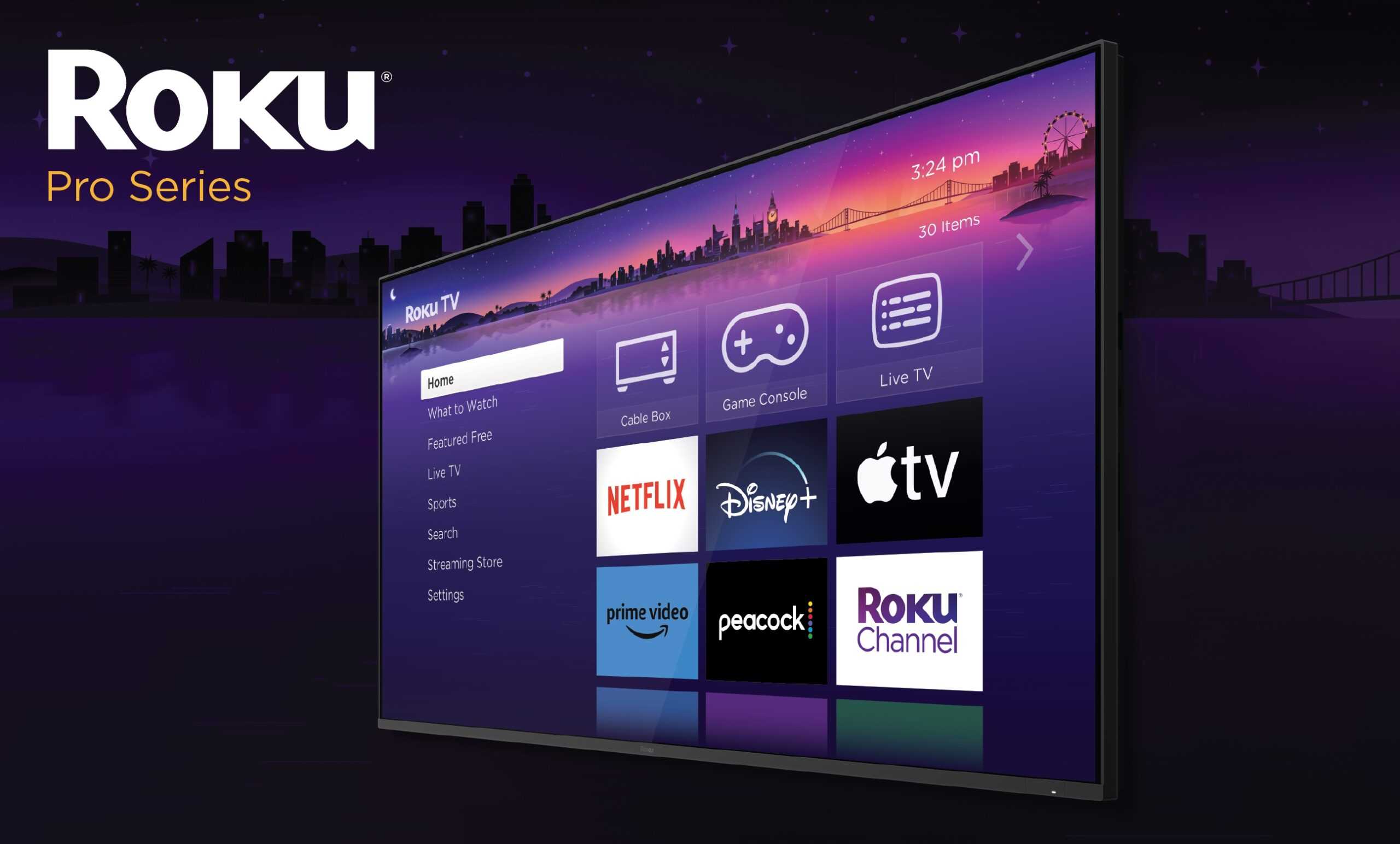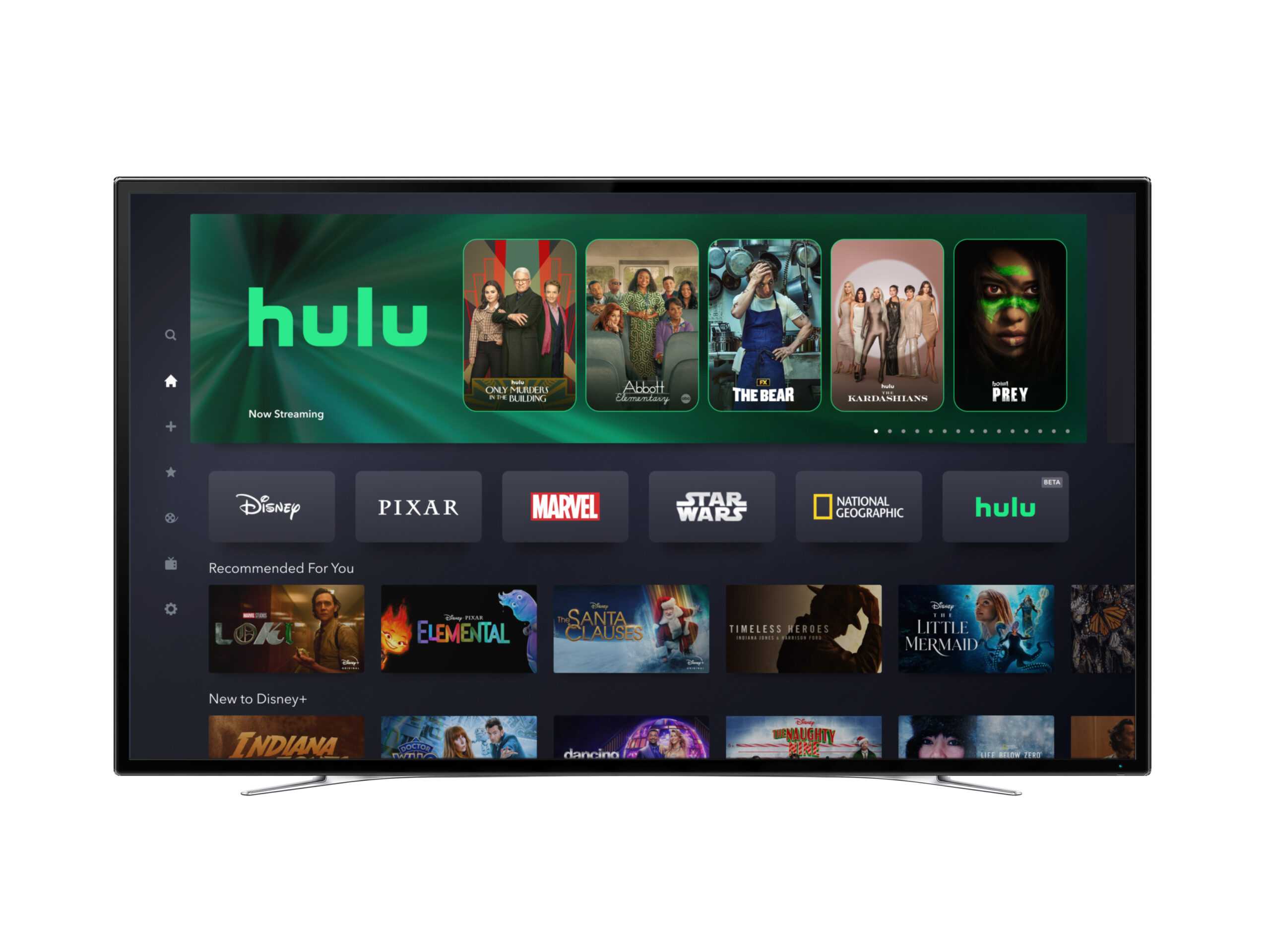Netflix may be the “OG” streaming platform, but with fierce competition from the likes of Disney+, Amazon Prime Video, HBO Max, and others, the company has been forced to reconsider facets of its business that once seemed set in stone. In an effort to fight subscriber churn after a price hike earlier this year, Netflix finally confirmed that an ad-based tier would be launched in early 2023 – the company believes 40 million consumers will subscribe to the ad-based plan by the end of 2023. Next on the docket could be the binge model that Netflix pioneered.
While Netflix has not yet indicated that it’s going to move away from the all-at-once strategy it’s been employing for its major series, as noted by Puck (outlined on Fierce Video), other streaming services that draw out their seasons of top shows – such as we’re seeing now with House of the Dragon on HBO Max and Rings of Power on Amazon Prime Video – are benefitting from continued interest over time, which in theory should combat churn. A weekly release schedule also may contribute to social marketing for major shows, as fans engage in “water cooler conversation” after each episode is released.
Considering that Netflix lost subscribers for the first time earlier this year and is in the streaming minority when it comes to releasing shows as full seasons, it is likely that executives at the company are taking a hard look at what approach would best serve the platform’s future growth prospects. For its part, Netflix has begun testing a more segmented season schedule with some of its series. Stranger Things, for example, saw a nearly two-month gap in between the first seven episodes and the final two of the most recent season. Similarly, the final season of Ozark was split in half, separated by more than three months. And of course, over time, all shows do become bingeable once the episodes have aired.
Netflix still strongly believes in giving its audience a choice of watching shows at their pace. Peter Friedlander, Netflix’s head of scripted series for US and Canada, commented over the summer that “giving them that option on these scripted series to watch as much as they want to watch when they watch it, is still fundamental to what we want to provide.” The problem with this approach, however, is that it’s quite easy for consumers to subscribe for a short period and then cancel after they’re done viewing whichever programming caught their interest.
According to Interpret’s VideoWatch, 16% of the US population reports doing just that. Moreover, nearly one-fifth of consumers reports regularly switching among the various streaming services to find the best shows airing at any given time. With an inflationary market generally making budgets tighter for most consumers and with compelling content spread across multiple services, this type of subscription behavior is predictable. Over the next year, we can expect streaming platforms to adapt in an effort to maximize retention.
Ready to level up your career? Check out Interpret’s Careers page for current openings and join our squad of Fun Scientists!







